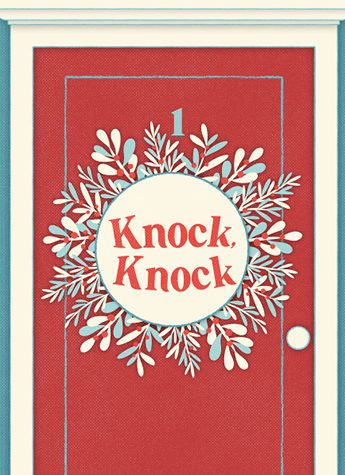- Shows &
Tickets - Classes &
Camps-
-
-
-
Interested in after-school activities for your kids? Explore After School Programs
-
-
-
- Schools &
Educators-
-
- Schools & Educators
Partner with the Alliance Theatre Institute for professional learning for educators and arts-integrated or theater-based instruction for students.
-
Unique Programs
We offer unique programs that use the power of the arts to inspire students, develop skills, and create positive change in schools and communities.
- Poetry Out Loud: Georgia
- JumpStart Theatre
-
-
-
-
Tickets for Teachers is a free ticket program for educators for Alliance Theatre productions. View full details about the program.
-
-
-
- Artists &
Community-
-
- Artists & Community
Learn more about our playwriting programs, partnerships with community organizations, and resources for artists.
-
An exploration of theater and the people who make it happen.
-
Check here for all major announcements from the theater.
-
-
- Impact &
Support-
-
- Impact & Support
Your support brings stories to life, funds community programs, and ensures more people have access to powerful theater experiences.
-
Name a Seat in the Goizueta Stage
Put your unique handprint on better tomorrows for Atlanta's young audiences.
-
-

Onstage and Off Article (250-500 words)
A Tale of Two (or More) Roles
How A Tale of Two Cities Represents a More Just Society through Intentional Casting
By Kay Nilest
Are our lives determined at birth?
In Charles Dickens’ classic, A Tale of Two Cities, the people of France embark on a revolution to build a better world. Quickly, the ideals of social change become muddied in the messy realities of revolution. Friend becomes foe, justice becomes twisted for personal gain, and personal vendettas become more important than the common good. All this begs the question: how can we create just society in a world stratified by individualistic motivations?
One answer lies in an ethical thought experiment called the Veil of Ignorance. Coined by philosopher John Rawls, the idea behind the Veil of Ignorance is that in order to envision a more equitable society, we must separate ourselves from our individual identities1. Imagine you are sitting behind a veil that blocks you from knowing anything about yourself. You could be rich or poor, old or young, blind or seeing. Therefore, you must design a world that would benefit all these identities and more. A world in which the privileges are shared by all, and any specific benefits or support structures are built to serve those who might need them most. The Veil of Ignorance helps us look at the world outside of our own personal contexts and consider more objectively how society should operate.
Rather than placing characters behind a literal veil on stage, this production explores the concept of the objective identity through intentional doubling and casting. To represent a novel as sweeping as A Tale of Two Cities with only eight actors, each actor is assigned a specific set of characters to play. Playwright Brendan Pelsue explains the intentionality in these character sets, “I have tried to construct each actor’s set of roles so that they inhabit positions of power and positions of powerlessness.” One actor may play both a kind-hearted revolutionary and a self-interested elite, both a young mother and an aged Lord.
The play then goes a step further to break the fourth wall by giving the actors themselves dialogue lines as they transition between characters. When told they must stand trial as a person accused of treason, Actor 2 asks, “Do I have to do this?”
“The role you’re given is the role you’re given. The world insists you play it,” insists Actor 1, who assumes the role of Narrator and Guide. This creates a distinction between actor and character that allows the audience to reevaluate our own biases about what types of people belong in positions of power. More specifically, it encourages us to reconsider the societal structures around justice, and who is worthy of giving and receiving it.
The Veil of Ignorance, though an interesting ethical thought experiment, rarely applies to real life. We don’t live behind safe walls of irrelevant identity—we live in a messy, biased, unfairly balanced world. However, what the Veil of Ignorance, A Tale of Two Cities, and I’d argue theatre in general have in common is that they all try to present us another way. Through art, we model what it means to live in a
just world, or at least one in which our heroes live to fight another day. Then, once the lights come up and we’re exiting the theatre with our candy wrappers and deep thoughts, maybe we will begin to envision a way that the world on stage can become the one around us.












